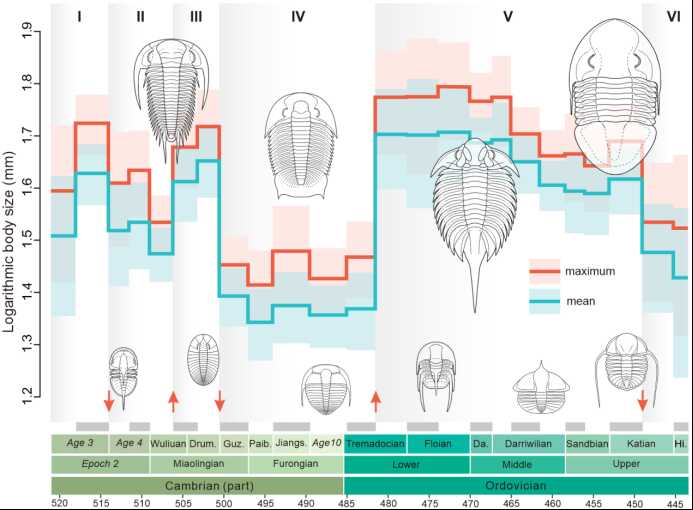2025-05-06 中国科学院(CAS)
<関連情報>
- https://english.cas.cn/newsroom/research_news/earth/202504/t20250429_1042378.shtml
- https://www.science.org/doi/10.1126/sciadv.ads4268
植生フィードバックは後期中新世の気候移行を加速した Vegetation feedbacks accelerated the late Miocene climate transition
Ran Zhang, Jiaqi Guo, Catherine D. Bradshaw, Xiyan Xu, […] , and Jimin Sun
Science Advances Published:2 May 2025
DOI:https://doi.org/10.1126/sciadv.ads4268

Abstract
The late Miocene was an important stage for the formation of modern-like ecological and environmental patterns. Proxy data from the middle to late Miocene reveal that large-scale cooling and drying occurred; however, the reasons for this climate transition remain unclear. Through a compilation of proxy data and climate simulations, our results indicate that atmospheric CO2 decline markedly decreased the temperature and reduced the precipitation in most of the land area, while the paleogeographic changes enhanced cooling at northern high latitudes and increased precipitation in East Asia, East Africa, and South America. In comparison, vegetation changes accelerated cooling at northern high latitudes (the maximum cooling exceeded 10°C) and modulated precipitation at low- and mid-latitude continents (the maximum decrease was close to 30%). This deepens the understanding of the mechanism of the late Miocene climate transition and highlights the importance of vegetation feedbacks during global climate change.



